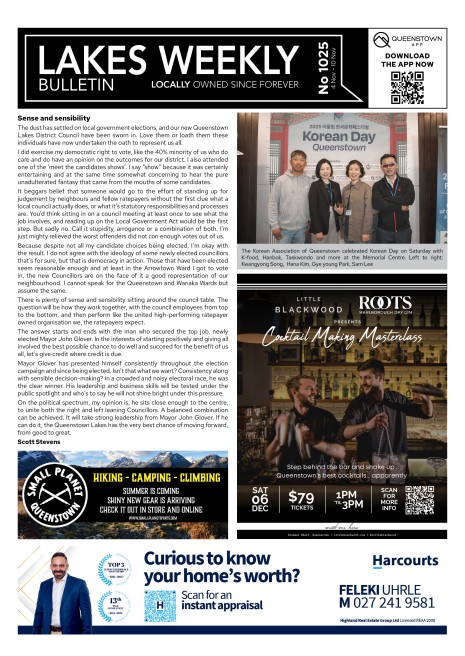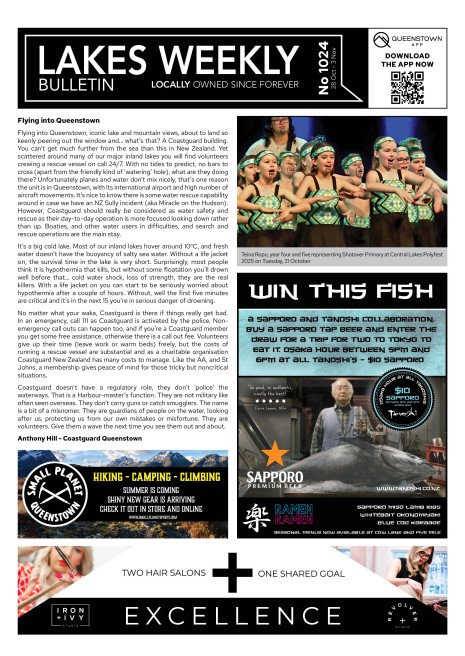Wildfire risk could close Queenstown Hill / Ben Lomond

Three high profile recreation reserves could be closed to the public at times this summer, when there is a high risk of wildfire.
Ben Lomond and Queenstown Hill reserves and Wānaka’s Mt Iron are all subject to a year-round total fire ban, but under new council plans they could be closed off completely when indices reach extreme levels.
"Our reserves are great places to visit and enjoy. But as hot, dry and windy conditions set in over summer there may be days where elevated fire danger means its unsafe," Queenstown Lakes District Council Community Services boss Ken Bailey says.
"Closing the impacted reserves on these days means all appropriate steps are being taken to remove the potential for ignition to occur and reduce the risk to life or property.
"Every day there could be thousands of people enjoying these areas and as we’ve seen both locally here in New Zealand, and internationally, wildfire can have a devastating effect."
Reserve closure and activity management procedures have been developed to provide guidance to contractors, staff, leaseholders and the community on how to assess wildfire risk, identifying clear trigger points to activate a closure.
Bailey says taking steps to close these reserves during periods of extreme risk is just one of the interventions underway.
"We’ve been working closely with experts to understand the threat that wildfires pose to, or from Council administered land and through that process have received several recommended interventions that require further investigation, such as introduction of fire breaks and legislative changes.
"A business case is now underway to help us understand the estimated cost and implementation staging but, in the meantime, there are some quick wins we can implement prior to and during the upcoming summer season.
"Along with introducing reserve closures, we’re in the process of installing an environmental monitoring system to help us monitor the conditions within the Ben Lomond and Mt Iron Reserves, will be introducing new signage and supporting Fire and Emergency NZ to amplify community education on fire safety and risk."
A new web page has been set up to include the status of the three reserves and when a closure is put in place, QLDC will immediately notify relevant leaseholders and the wider community.
Notification will occur through onsite signage, media release, social media, community txt alert, the QLDC website and direct communication to groups such as business chambers and regional tourism organisations.
Bailey encouraged regular reserve users to sign up for community txt alerts and ensure they are following the QLDC Facebook page.
"Our txt alert system is a great way to be directly notified if a reserve closure needs to be implemented or any other urgent issue affecting your community – I’d highly recommend heading to the QLDC website to sign up. And our Facebook page is always a good way to stay up to date on what’s happening.
"Most importantly, if you’re planning to head up Ben Lomond, Queenstown Hill or Wānaka’s Mt Iron, make sure you know the status before you go.
"Our climate is changing which means we need to change and adapt. Globally we are experiencing warmer temperatures, more droughts, windier conditions, all potentially increasing the length and severity of fire season.
"The risk of wildfire having a severe impact on our people, landscapes and economy is real and you only need to look at the news to get an idea of what we could be dealing with. Our role is to take the best possible action to reduce that risk.
"We also know that closing these reserves may impact people’s recreation or in the case of Ben Lomond, their business, so we only take this step when it is deemed really necessary to do so."









